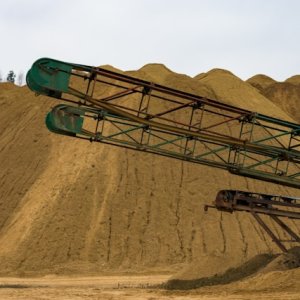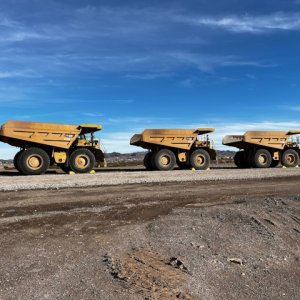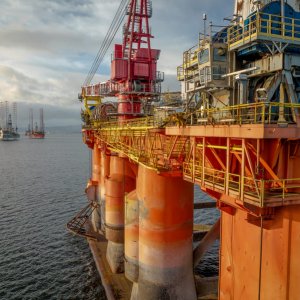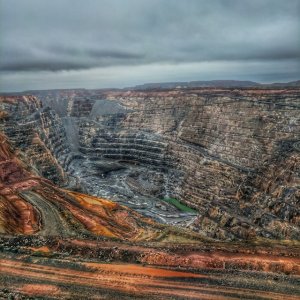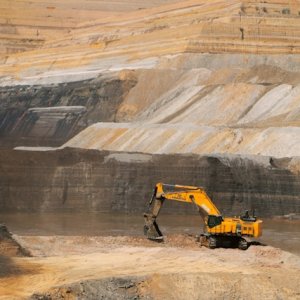Bio-oxidation Technology Puts Metallurgical Issue to Bed

STORY INLINE POST
Q: What is Golden Minerals Company’s experience in Mexico?
A: Golden Minerals was established in early 2009 and initially focused on Peruvian and Argentinian exploration assets. We grew our Mexican asset base over the next couple of years, culminating in a 2011 combination with a Quebec-based company whereby we acquired the Velardeña Properties in Durango State, Mexico. The company transitioned from an exploration company to a small producer as we operated Velardeña’s underground gold and silver mines located across the highway from Peñoles’ large zinc mine. Between 2011 and 2015 we operated intermittently at Velardeña, ultimately suspending production in late 2015 when a combination of metallurgical challenges and falling metals prices rendered operations unprofitable. The primary challenges at Velardeña were metallurgical: Velardeña’s gold is encapsulated in pyrite or arsenopyrite, and our processing methodologies did not result in acceptable gold payables. We evaluated a number of processing alternatives from 2011 to 2015 but did not find a right-sized solution that offered sustainable profitable operations.
Q: How will you solve Velardeña’s metallurgical challenges?
A: We believe the answer lies in a bio-oxidation processing technique. We recently completed metallurgical testing of pyrite-arsenopyrite flotation concentrates at Velardeña, whereby gold and silver recoveries of over 90 percent were obtained from bio-oxidizing and then cyanide leaching concentrate samples. This so-called “BIOX” technology is owned by Finnish firm Outotec and is in use today at seven mining operations around the world. We look forward to becoming the first company on the North American continent to install and use a BIOX circuit at its operations. Because we already have both oxide and sulfide plants at Velardeña, we are in a unique position of having the capability to move forward with this technology without having to build a plant from the ground up. Our test results and the BIOX technology will be incorporated in an updated PEA that should be finished by the end of the 1Q20.
Q: How will the company remain cash positive once Hecla Mining stops leasing its mill?
A: We have been leasing our oxide plant to Hecla since late 2015, and they use this mill to process the ore extracted from San Sebastian. San Sebastian’s reserves are dwindling per public disclosures and are anticipated to come to an end toward the end of 2020. This will leave us at least with a utility gap while Hecla pauses to do additional development work At San Sebastian. We intend to use our oxide mill to process material from our Rodeo gold deposit, a project located within trucking distance of Velardeña. We have already begun the process of obtaining the required mining and environmental permits for an open-pit mining operation at Rodeo. If all goes as planned this should give us cash flow beginning in 2021, after which the Velardeña operation could potentially be brought online, sometime in the next two years.
Q: What will success look like at Velardeña?
A: Success would be a sustainable operation producing around 2 million silver equivalent ounces per year. The cost structure would be in the midrange of silver operational costs: somewhere around US$10 per silver equivalent ounce. Our goal is to have a continuously producing operation for approximately a decade. With the cash flow from Velardeña, we would be able to move our pipeline of other projects forward.
Q: What does the financing and permitting look like for these projects?
A: Financing is still in the planning stage for Velardeña. We are finishing a PEA that will include an estimate of capital needs for both pre-production and production at Velardeña. This will include the cost of building the required bio-oxidation circuit. It is not a huge amount of capital (probably in the range of US$8-12 million pre-production capital) and we don’t presently anticipate obstacles in securing financing. Outotec itself offers financing arrangements which could prove an attractive option.
We are in the process of obtaining permits at Rodeo. Mining concessions have been granted to us and we have reached agreements with the surface landowners. We anticipate Rodeo will be a contract mining operation, which in turn will not require much infrastructure on our part. We do not believe much upfront capital will be needed and will further define this need with our 2020 mine planning work.
Q: What is the status of your other projects?
A: We have a number of projects in our pipeline. I would like to begin to focus on Yoquivo, a silver-gold district located in Chihuahua that has had some small-scale historical production but has remained largely dormant for the last 15 years or so. We have identified targets and done the surface work and believe we know where the veins and good grades are. We have identified what ore shoots are likely to be best. Now, we are waiting for the right cash flow conditions to spend there without diluting our share structure.
Additionally, we have just completed initial drilling at our gold-silver Sand Canyon project in Nevada. It is an epithermal low sulfidation system located around 20 miles from the historic Sleeper Mine.
Golden Minerals Company is a Colorado-based precious metals exploration and development company, focusing on projects in Mexico, Argentina and Nevada. It offers investors leverage to silver and gold prices. It is generating revenue through the lease of one of its mills to Hecla Mining Company.








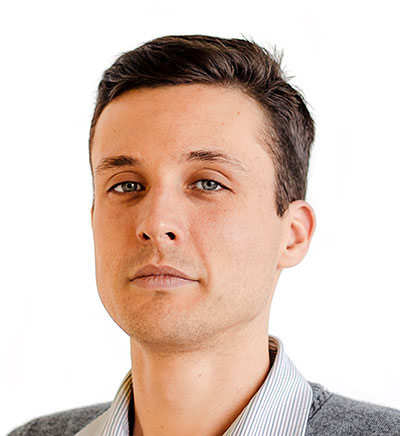 By Alejandro Ehrenberg | Journalist and Industry Analyst -
Tue, 04/07/2020 - 11:00
By Alejandro Ehrenberg | Journalist and Industry Analyst -
Tue, 04/07/2020 - 11:00
